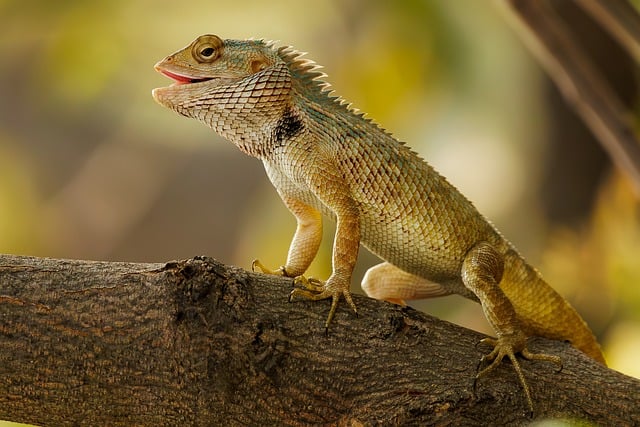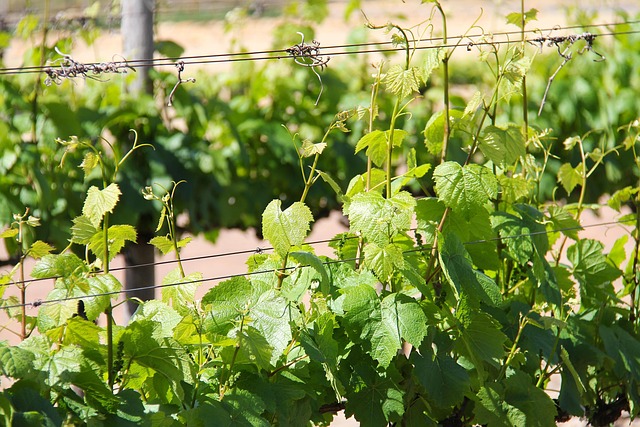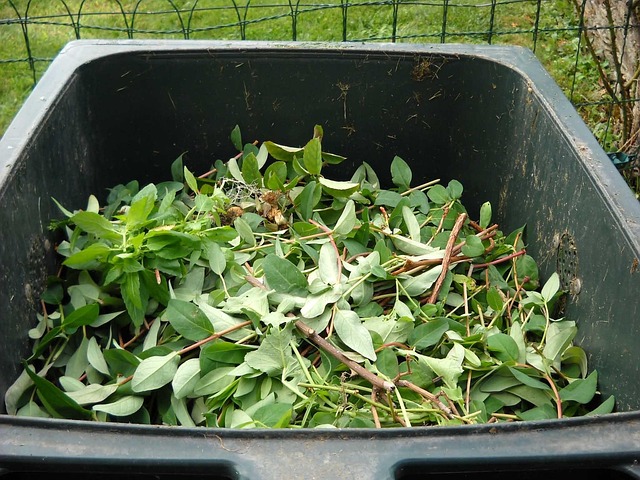In an increasingly urbanized world, the idea of a green city is more than just a trend; it’s a movement. Imagine stepping into a vibrant oasis right in the heart of the concrete jungle. A green city garden not only enhances the aesthetic appeal of our surroundings but also plays a pivotal role in promoting ecological balance. So, how can we cultivate our little slice of paradise surrounded by the hustle and bustle of city life? Let’s explore the secrets to creating a truly sustainable garden that breathes life into urban spaces.
Start with Native Plants
One of the most effective ways to create a sustainable garden is by choosing native plants. These plants are naturally adapted to your region’s climate and soil conditions, requiring less water and maintenance than exotic varieties. Incorporating local flora helps support local wildlife, including pollinators like bees and butterflies, which are crucial for a balanced ecosystem. Plus, they bring a unique charm to your green city garden, reflecting the beauty of your local environment.
Implement Efficient Watering Methods
Water is a precious resource, especially in urban settings where it can be scarce. Consider adopting water-efficient practices like drip irrigation or rainwater harvesting systems. Drip irrigation delivers water directly to the plant roots, minimizing waste and ensuring your plants get just what they need. Rainwater harvesting systems collect rain for future use, reducing reliance on municipal water supplies while providing your garden with fresh, chemical-free water.
Create Vertical Gardens
When space is limited, vertical gardening comes to the rescue. By going up instead of out, you can transform even the tiniest balcony or wall into a lush garden. Choose climbing plants or wall planters to maximize your area. Vertical gardens not only add visual interest but also improve air quality and can act as natural insulation for your home!
Composting: The Gift that Keeps Giving
Composting is an essential practice for any green city garden. It turns your kitchen scraps and yard waste into nutrient-rich compost that can rejuvenate your garden soil. Not only does composting reduce landfill waste, but it also enriches the soil, promoting healthier plant growth. Your plants will thrive with the natural nutrients provided by compost, creating a self-sustaining cycle of growth.
Creating Edible Landscapes
Imagine strolling through your urban garden, plucking fresh fruits, vegetables, and herbs right from the source. Edible landscapes unite beauty with utility, allowing you to grow food alongside ornamental plants. Raised beds, container gardening, or even utilizing your window sills can provide ample space for growing your greens. This personal food source not only enhances your meals but also connects you to the rhythm of nature.
Enhance Biodiversity
A thriving green city garden is one that fosters diverse plant and animal life. Incorporating a variety of plants—from flowering species to edible crops—ensures different habitats for insects and birds. Installing birdhouses or insect hotels can further promote biodiversity, encouraging beneficial pollinators to flourish and creating a lively ecosystem within your garden. The rhythm of life you cultivate will resonate throughout your urban oasis.
Community Engagement
The journey to creating a green city garden is not one you have to embark on alone. Engage with your community by sharing tips, swapping plants, or even organizing neighborhood gardening events. Community gardens are a great way to promote sustainability while fostering relationships with fellow green thumbs. Together, you can inspire others to join the green city movement, expanding the reach of your harmonious vision.
As we take steps towards embracing sustainability in our urban environments, the concept of a green city becomes increasingly vital. By creating lush gardens filled with life, we not only enhance our quality of life but also contribute positively to the planet. Let us become the architects of our own green oases amidst the concrete, paving the way for a thriving and sustainable future.




